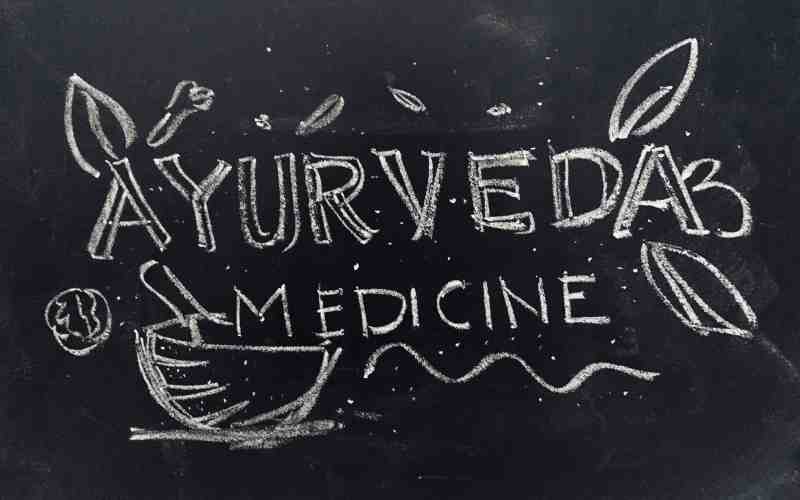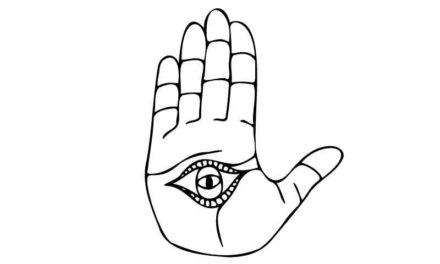Ayurveda can only be learned via formal education and training. It is possible to find a large number of online courses and publications by just doing an internet search.
Alternatively, or in parallel with this, you should seek out a practitioner with whom you can most surely collaborate and learn. However, if you want to understand all there is to know about Ayurveda, it would take you your entire lifetime. Since the literature is so vast.
If you want to practice Ayurveda, you should pick a stream within it, such as “Panchagavya,” and study all you need to know to attain the level of someone who, for example, can operate a small clinic.
Once you enter the field of herbal medicine, you will understand what an ocean Ayurveda is all about.
Learning Ayurveda: The Tradition and the Future
Learning is analogous to diving into an unending ocean; practitioners of Ayurveda devote their whole lives to the study and practice of Ayurvedic medicine before passing their knowledge on to the next generation of practitioners.
Ayurveda is derived from the ancient Vedic culture and has been passed down orally for hundreds of years from renowned masters to their students. It is a holistic system of medicine.
The most popular and dependable method of learning is to read blogs written by licensed Ayurvedic practitioners and firms that manufacture Ayurvedic medications and supplements.
The fundamentals, such as knowing the three doshas and the significance of maintaining a healthy balance between them, are difficult to grasp and implement in a practical setting.
Because Ayurveda believes that each of us is unique, each body reacts differently to the various facets of life, and each contains distinct strengths and weaknesses, according to the system of medicine. Learn more by participating in online forums, reading articles, and watching videos.
On the other hand, one should be aware of false information that is propagated under the guise of ‘Ayurvedic Home Remedies.’ Reading the reasoning behind the substances and their amounts in Ayurvedic treatments is essential if you want to get the most benefit from them.
Understand thee five natural elements.
In Ayurveda, it is believed that everything, both living and nonliving, is composed of five primary elements: air (which includes fire), water (which includes water), space (which includes space), and earth (which includes earth). The presence of these components may be found in varying degrees in everything and everyone.
These five components, which are regarded to be the building blocks of tissues and organs, are also used to begin the study of human anatomy. Simply paying great attention to your body, emotions, and experiences will help you discover the attributes that each element displays in its manifestation.
All body functions are governed by three doshas.
All of the physiological activities in the body are carried out by the five elements, which combine to produce three doshas (bodily energies) in humans. These doshas operate in close collaboration with one another to carry out all of the physiological operations in the body.
In yoga, the elements of air, space, and fire unite to produce the energy of movement (Vata); fire and water combine to govern all chemical changes (Pitta), and earth and water join to make the energy of cohesiveness (Kapha) (Kapha). Similar to the elements, doshas are present in everyone, but in varying degrees of intensity.
Recognize your doshas – recognize oneself
Every individual’s body-mind has a distinct mix of three doshas, and this combination is referred to as the Prakriti of that individual. This Prakriti describes both the physical and psychological aspects of a person, including body structure, weight, skin type, inclinations, mental abilities, memory, and temperament.
Seven separate body-mind kinds exist in the world: Vata, Pitta, Kapha, Vata-Pitta, Vata-Kapha, Pitta-Kapha, and Vata-Pitta-Kapha. Vata-Pitta-Kapha is the combination of Vata and Pitta.
Getting to know oneself should be the first step in studying Ayurveda, in the ideal situation. The first step in this journey is to become aware of your emotions and pay attention to the smallest things about your body.
At times, the doshas become corrupt
When you are in a perfect circumstance, when you are doing everything correctly and the weather is not too severe, the doshas continue to fulfill their specialized roles at their peak performance. The truth is, however, that is not always the case.
Due to external stress, the weather, poor dietary habits, or an uninformed lifestyle, one or more doshas may amass in excess at any one point in time. In Ayurveda, it is thought that an imbalance of the doshas is the primary cause of all illnesses.
Medicines are designed to correct this imbalance
When it comes to healing in Ayurveda, it’s all about identifying and treating the underlying cause of the ailment. And since dosha imbalance is the fundamental cause of all diseases, the whole Ayurvedic medical system is based on addressing this imbalance.
Ayurvedic medications, food, yoga, exercises, and treatments, for example, are all geared towards pacifying the Pitta dosha in the body of a person who is experiencing hormonal imbalances (which is an indication of Pitta imbalance).
Ayurvedic medications are not always safe, and they do not always function the same way on all people
Every Ayurveda medication has certain energy properties. Some plants have warming and energizing energies, whilst others have cooling and calming energies. When a Pitta person consumes a warming herb (such as ashwagandha or black pepper) for an extended period of time, she may experience a Pitta imbalance as a result of the warming herb’s tendency to promote Pitta.
On the other hand, someone with a Vata or Kapha constitution would get enormous benefits from the same plant, particularly if used over an extended period of time. In addition, if ayurvedic drugs are not taken appropriately, they might have some of the same negative effects as the food we consume.
The seasons have an impact on your health
Seasons are characterized by a set of traits that are similar to some of the dosha features. As a result, that dosha dominates the season in question. For want of a better expression, that dosha is more susceptible to corruption during that season for practically everyone, and especially for persons with that dosha type.
For example, the spring season is dominated by the Kapha dosha, and many individuals suffer from sinusitis, allergies, excessive mucus production, and nasal obstructions at this time of year. As a result, Ayurveda suggests that everyone practice seasonal self-care in order to prevent seasonal ailments.





